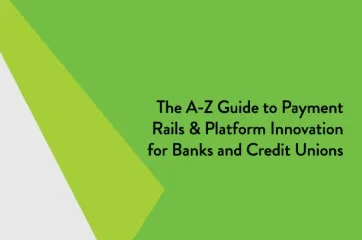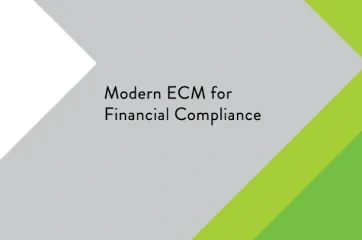In banking, the term “green bar report” is synonymous with a cold report. Financial institutions rely on printed (or electronic) green bar reports to perform a variety of operational and accounting processes, such as end-of-day balancing.
How Did the Green Bar Report Get Its Name?
Prior to the prevalence of enterprise information management platforms that enable electronic access to documentation, most cold reports were printed onto paper and distributed to staff for analysis. Depending on the situation, a single cold report could contain thousands of rows of transactional details. Financial institutions began printing cold reports on specialized paper that contains green bars, thereby eliminating the need for rulers and making it faster for team members to do their jobs.
How Do Financial Institutions Use Green Bar Reports?
Usage varies from one financial institution to the next, but some common use cases for green bar reports include:
- Validating cash drawer amounts
- Reviewing loan volumes
- Identifying transactional discrepancies
- Performing checks and balances to prevent fraud
For financial institutions that rely on printed green bar reports, it is common for staff to use a variety of highlighters to mark up the documents. Each color’s meaning can differ depending on the team member and/or financial institution.
Challenges of Green Bar Reports
As with any other paper-based system, traditional green bar reports pose several challenges for modern banks and credit unions.
Cost: Printing hundreds of pages of documentation per day has a tangible cost, which includes paper, ink, toner, equipment depreciation, and courier expenses. The cost is magnified as a financial institution expands its reporting use cases and geographic footprint.
Inefficiency: Waiting on an end-of-day report to physically arrive is inefficient and can delay the completion of operational and accounting tasks. If a printer goes offline, it may be impossible for staff to complete their work on the same day.
Time: Someone has to organize, print, and deliver the green bar reports. Filtering through hard copy reports can be time-consuming for staff, who must review each line individually.
Technology companies like Alogent are transforming how financial institutions access and share green bar reports. For example, a process automation solution like FASTdocs offers streamlined cold reporting capabilities, which can reduce or eliminate the need to print green bar reports.
Document Management Resources
Visit Alogent’s Innovation Hub to access additional document management terminology and best practices. Download an industry paper or eBook, browse our blog, and watch an on-demand webinar.







